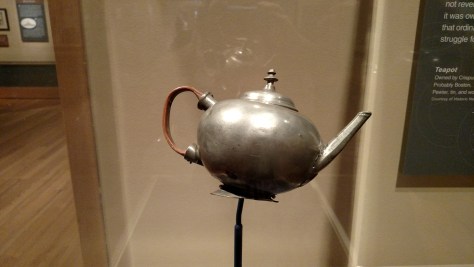
Benjamin Lincoln is often an overlooked player on the Patriot side of the American Revolution. In a conflict where most the leaders were either exceptionally or incompetent he rides right in the middle, for the most part. He started in the Massachusetts militia in 1772 and eventually rose to the rank of Major General of the militia in 1776. Showing some gumption and a little bit of skill he was noticed by General Washington who brought into the Continental Army as a major-general in 1777. After seeing some action including leading troops at Saratoga where he was wounded, Lincoln spent time recovering and preparing for his next step. It would be a big one.
In September of 1778 Washington chose Lincoln to be the commander of the southern department. It went OK for Benjamin. Until March of 1780 when a large British force under General Clinton landed and besieged Charleston, South Carolina.
The siege was text-book and though some believe that Lincoln should have abandoned the city and kept his army intact he decided to stay put, hope for reinforcements and try to survive the siege. Despite long odds he was able to do so for about six weeks. Then faced with pressure from the merchants and well to do in town (they didn’t want to lose their property) he was finally forced to surrender.
In total Lincoln surrendered to the British:
Over 5,000 soldiers
More than 300 artillery pieces
Over 9,000 artillery rounds
33,000 barrels of ammunition
49 ships
120 boats
and a lot more.
This was by far the worst defeat the Continental Army had ever, or would ever suffer and nearly broke the back of the new country. It would have been easy to lay the defeat at the feet of Lincoln and many did, but for the most part his reputation stayed fairly clean (as opposed to someone like Schuyler who faced charges after Ticonderoga).
Lincoln was eventually exchanged and rejoined the army, mainly as a staff officer, keeping his head down and avoiding controversy. in October 1781 however he was thrust back upon the stage at a place called Yorktown.
When the combined French and American forces besieged the army of British General Cornwallis, Lincoln found himself in command of a large portion of the American forces and as second in command to General Washington. In that role he played a huge part in the battle.
on October 19, 1781 the British forces surrendered to the allies. General Cornwallis, who plead illness, sent his second in command to meet the victorious army, General O’Hara, and to surrender his sword. one version of the story says that O’Hara first attempted to surrender the sword to French General Rochambeau who politely refused and indicated it should go the Washington. When offering the sword to Washington O’Hara was gently directed to turn the sword over to Washington’s second in command, General Benjamin Lincoln which accepted the sword and perhaps a little bit of satisfaction. Present at the biggest defeat and the biggest victory Lincoln left his mark on the American Revolution.









